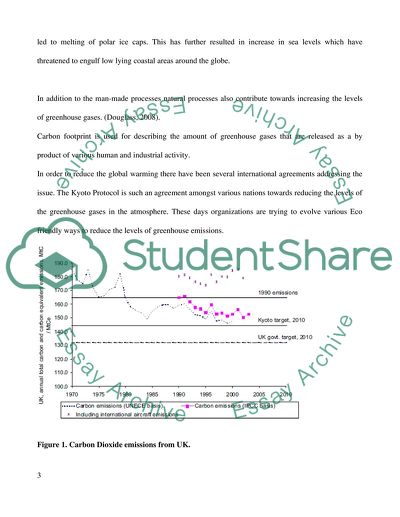Cite this document
(“Micro and Macro Carbon Audit Term Paper Example | Topics and Well Written Essays - 2750 words”, n.d.)
Micro and Macro Carbon Audit Term Paper Example | Topics and Well Written Essays - 2750 words. Retrieved from https://studentshare.org/environmental-studies/1728172-micro-and-macro-carbon-audit
Micro and Macro Carbon Audit Term Paper Example | Topics and Well Written Essays - 2750 words. Retrieved from https://studentshare.org/environmental-studies/1728172-micro-and-macro-carbon-audit
(Micro and Macro Carbon Audit Term Paper Example | Topics and Well Written Essays - 2750 Words)
Micro and Macro Carbon Audit Term Paper Example | Topics and Well Written Essays - 2750 Words. https://studentshare.org/environmental-studies/1728172-micro-and-macro-carbon-audit.
Micro and Macro Carbon Audit Term Paper Example | Topics and Well Written Essays - 2750 Words. https://studentshare.org/environmental-studies/1728172-micro-and-macro-carbon-audit.
“Micro and Macro Carbon Audit Term Paper Example | Topics and Well Written Essays - 2750 Words”, n.d. https://studentshare.org/environmental-studies/1728172-micro-and-macro-carbon-audit.


